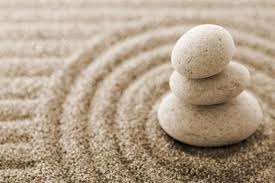 Relaxation is the key to all technique. Often when we’re on the spot trying to perform our best, the natural tendency is to tense up. The “fight or flight” instinct is activated. In violin playing, tension blocks the natural springy weight of the bow arm, leading to smaller tone and reduced control. Tension in the left hand causes fingers to push into the fingerboard and then lift too high, leading to loss of speed, accuracy and efficiency. There is also the danger of playing-related injury.
Relaxation is the key to all technique. Often when we’re on the spot trying to perform our best, the natural tendency is to tense up. The “fight or flight” instinct is activated. In violin playing, tension blocks the natural springy weight of the bow arm, leading to smaller tone and reduced control. Tension in the left hand causes fingers to push into the fingerboard and then lift too high, leading to loss of speed, accuracy and efficiency. There is also the danger of playing-related injury.
Often tension develops needlessly because we don’t take the time to establish the correct physical feeling and posture. During your next practice session, try placing the bow on the string, setting up good left hand posture and then isolate the following four areas for relaxation:
[unordered_list style=”tick”]
- right shoulder
- right elbow
- right hand and wrist
- knuckles of the left hand
[/unordered_list]
Focus on each area individually for a few seconds and then play. If you feel tension creeping back in, shake out your arms and hands and go through the process again. Over time, the roadblock of tension will be removed, leading to more efficient playing.
[quote]The key to facility and accuracy and, ultimately, to complete mastery of violin technique is to be found in the relationship of mind to muscles, that is, in the ability to make the sequence of mental command and physical response as quick and as precise as possible.[/quote]
-Ivan Galamian
